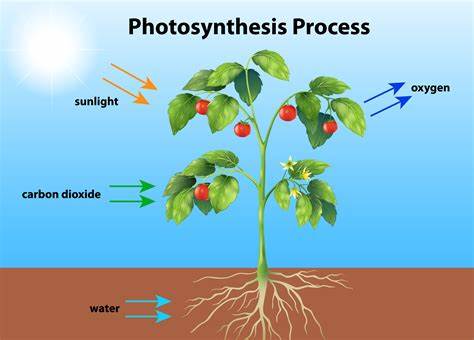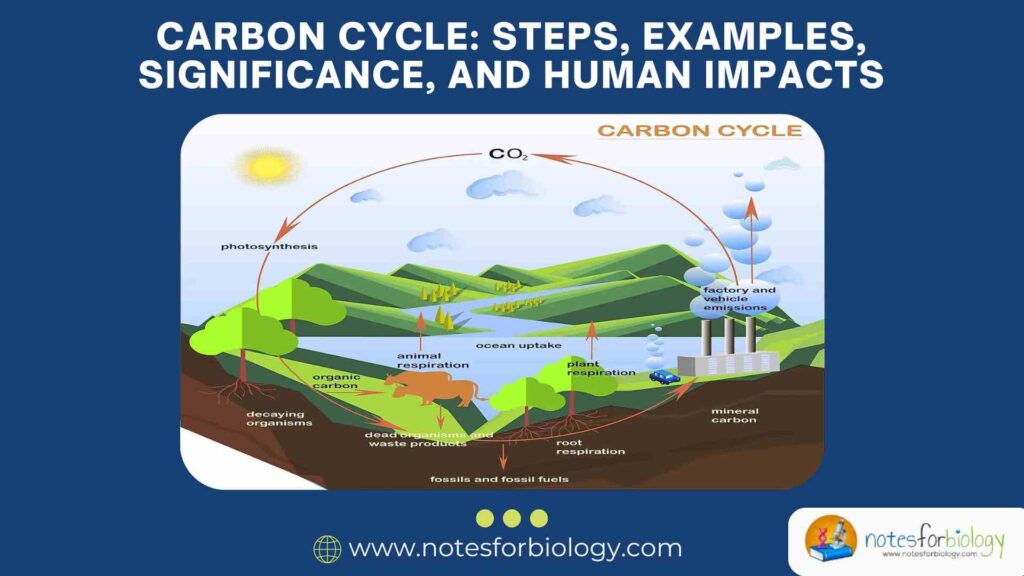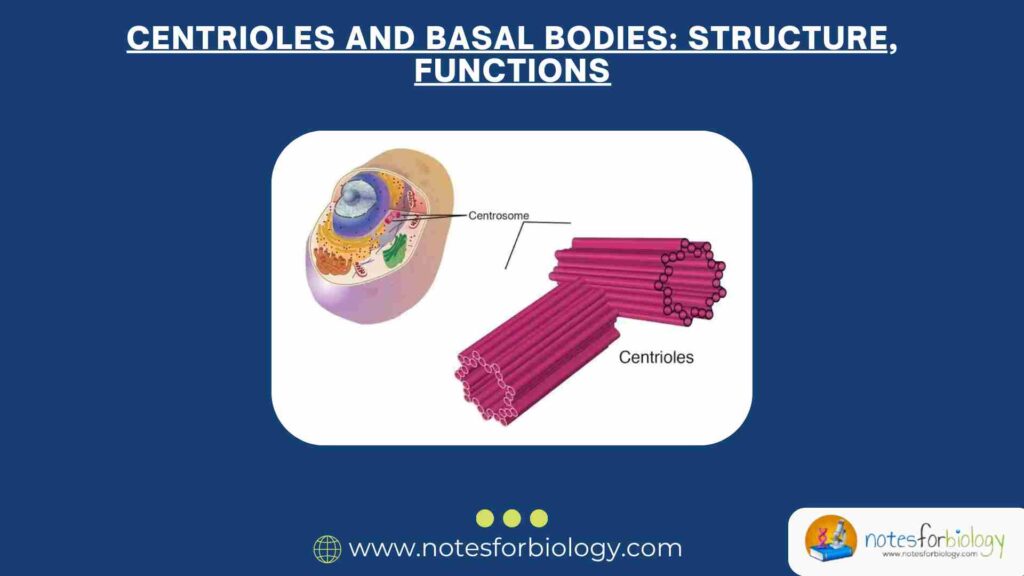1. Introduction to the Carbon Cycle
The carbon cycle is the process by which carbon atoms move between the atmosphere, biosphere (living things), hydrosphere (oceans and water bodies), and geosphere (land and rocks). Carbon is a vital element found in all living things. It is present in the air we breathe, the food we eat, and even in our bodies. Carbon moves continuously through the Earth’s atmosphere, oceans, soil, and living organisms. This natural movement of carbon is known as the carbon cycle.
The carbon cycle keeps carbon levels balanced in nature, supporting life and climate stability. Understanding this cycle helps us protect the planet and fight climate change.
Table of Contents
2. What is the Carbon Cycle? (Definition)
The carbon cycle is the process by which carbon atoms move between the atmosphere, biosphere (living things), hydrosphere (oceans and water bodies), and geosphere (land and rocks).

This cycle includes both natural processes like respiration and photosynthesis, and human activities like burning fossil fuels. It ensures that carbon is reused and recycled, rather than lost or over-accumulated.
3. Main Forms of Carbon in the Environment
Carbon exists in several forms in different parts of the environment:
- In the atmosphere: Carbon dioxide (CO₂)
- In oceans: Dissolved CO₂ and carbonates
- In plants and animals: Carbohydrates, fats, proteins (organic carbon)
- In soil and rocks: Fossil fuels, limestone, organic matter
4. Major Steps of the Carbon Cycle
Here are the main steps involved in the carbon cycle:
A. Photosynthesis

- What happens? Plants absorb carbon dioxide (CO₂) from the air and use sunlight to convert it into glucose (a sugar) and oxygen.
- Equation:
6CO₂ + 6H₂O + sunlight → C₆H₁₂O₆ + 6O₂ - Who does it? Green plants, algae, and some bacteria.
- Why it matters? It removes CO₂ from the air and stores carbon in plants.
B. Respiration

- What happens? Living organisms break down food (glucose) to release energy, producing CO₂ as a waste product.
- Equation:
C₆H₁₂O₆ + 6O₂ → 6CO₂ + 6H₂O + energy - Who does it? All animals, plants, and microorganisms.
- Why it matters? It returns CO₂ to the atmosphere and provides energy for life.
C. Decomposition
- What happens? When plants and animals die, decomposers (bacteria and fungi) break down their remains, releasing CO₂ and nutrients back into the soil and air.
- Who does it? Bacteria, fungi, worms, and insects.
- Why it matters? It recycles carbon and keeps soil fertile.
D. Combustion (Burning)
- What happens? When wood, coal, oil, or gas are burned, carbon stored in them is released as CO₂ into the air.
- Who causes it? Humans (burning fossil fuels), natural fires.
- Why it matters? Adds large amounts of CO₂ to the atmosphere.
E. Ocean Uptake and Release (Exchange)
- What happens? Oceans absorb CO₂ from the air and also release it back. Marine organisms use CO₂ to build shells (calcium carbonate).
- Why it matters? Oceans act as a carbon sink (storage place) and help regulate atmospheric CO₂.
F. Sedimentation and Fossilization
- What happens? Dead marine organisms sink and their remains become sedimentary rocks like limestone or turn into fossil fuels like coal and oil over millions of years.
- Why it matters? Stores carbon for a long time.
G. Volcanic Activity and Weathering
- Volcanoes release CO₂ trapped in rocks.
- Weathering of rocks slowly absorbs CO₂ from the atmosphere.
5. Real-life Examples of the Carbon Cycle
Let’s look at some easy-to-understand examples:
- A tree absorbs CO₂ through photosynthesis. When it dies and decays, microbes break it down and release CO₂.
- A cow eats grass (plants), uses the carbon to grow, and releases CO₂ when it breathes.
- A car burns petrol (fossil fuel), and CO₂ is released into the air.
- Ocean algae use CO₂ to grow. When they die, some of the carbon settles on the sea floor.
6. Carbon Cycle in Different Systems
In Terrestrial Ecosystems (Land)
Plants absorb CO₂ → animals eat plants → animals and plants respire and die → decomposers return carbon to soil and air.
In Aquatic Ecosystems (Oceans)
CO₂ dissolves in water → used by marine plants → passed through the food chain → dead organisms become sediment → some carbon stored as rocks or fossil fuels.
7. Why is the Carbon Cycle Important? (Significance)
A. Supports Life
Provides carbon for building cells, tissues, and energy molecules (like glucose).
B. Balances Earth’s Climate
Maintains the right amount of CO₂, which is important for Earth’s temperature.
C. Soil Fertility
Decomposition adds nutrients and organic carbon to the soil.
D. Regulates Oxygen and Carbon Dioxide
Photosynthesis and respiration balance O₂ and CO₂ levels.
E. Helps Scientists Understand Climate Change
Studying the carbon cycle helps us predict how human actions affect the Earth’s climate.
8. Human Impacts on the Carbon Cycle
Humans are changing the carbon cycle in many ways, often increasing the amount of CO₂ in the air.
A. Burning Fossil Fuels
Driving cars, running factories, and using electricity from coal or gas all release CO₂.
B. Deforestation
Cutting down trees reduces the amount of photosynthesis, so less CO₂ is removed from the air.
C. Industrial Processes
Cement production and manufacturing also release carbon dioxide.
D. Agriculture
Animals like cows release methane, a carbon-containing gas more powerful than CO₂.
E. Global Warming
Extra CO₂ traps heat in the atmosphere, causing climate change — melting glaciers, rising sea levels, and extreme weather.
9. Ways to Protect the Carbon Cycle
We can take action to protect and restore balance in the carbon cycle.
A. Plant More Trees
Forests absorb carbon from the air.
B. Use Renewable Energy
Solar, wind, and hydro power don’t release CO₂.
C. Use Less Fuel
Walk, cycle, or use public transport to reduce emissions.
D. Conserve Energy at Home
Turn off lights, reduce heating and cooling, use energy-saving appliances.
E. Recycle and Compost
Reduces waste and keeps carbon in the cycle naturally.
10. Summary Table
| Step | What Happens | Why It Matters |
|---|---|---|
| Photosynthesis | Plants absorb CO₂ and make food | Removes CO₂ from the air |
| Respiration | Living beings release CO₂ | Puts carbon back in the air |
| Decomposition | Dead matter breaks down and releases CO₂ | Recycles carbon into soil and air |
| Combustion | Burning fuel releases CO₂ | Adds CO₂ to the atmosphere |
| Ocean Exchange | CO₂ dissolves and is stored in water | Oceans act as carbon sinks |
| Fossilization | Dead organisms become rock/fuel over time | Stores carbon long-term |
| Human Impact | Burning, deforestation, agriculture | Upsets carbon balance, causes warming |
11. Conclusion
The carbon cycle is essential for life and for maintaining Earth’s climate. It is nature’s way of recycling carbon through living and non-living systems. From plants absorbing carbon dioxide to humans burning fossil fuels, every action plays a part.
But now, because of human activity, more carbon is being added to the atmosphere than nature can handle. This causes global warming and climate change. By understanding the carbon cycle and our role in it, we can take steps to restore balance and protect the planet.
FREQUENTLY ASKED QUESTIONS
What is the carbon cycle?
The carbon cycle is the natural process by which carbon moves through the atmosphere, living organisms, oceans, and the Earth’s surface. It includes steps like photosynthesis, respiration, decomposition, and combustion, helping to keep carbon balanced in nature.
Why is the carbon cycle important?
The carbon cycle supports life by supplying carbon for growth, helps regulate the Earth’s temperature by controlling carbon dioxide levels, and recycles nutrients in ecosystems.
What role do oceans play in the carbon cycle?
Oceans absorb large amounts of carbon dioxide from the atmosphere, store it, and also help remove excess CO₂ through marine life and sedimentation, making them important carbon sinks.
Related Articles




